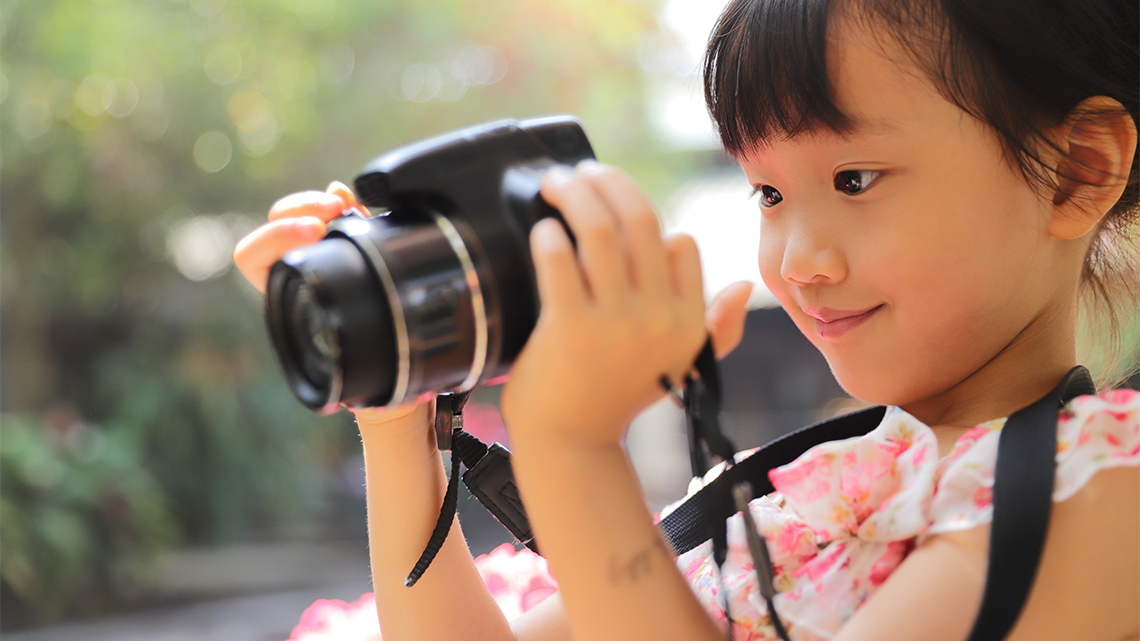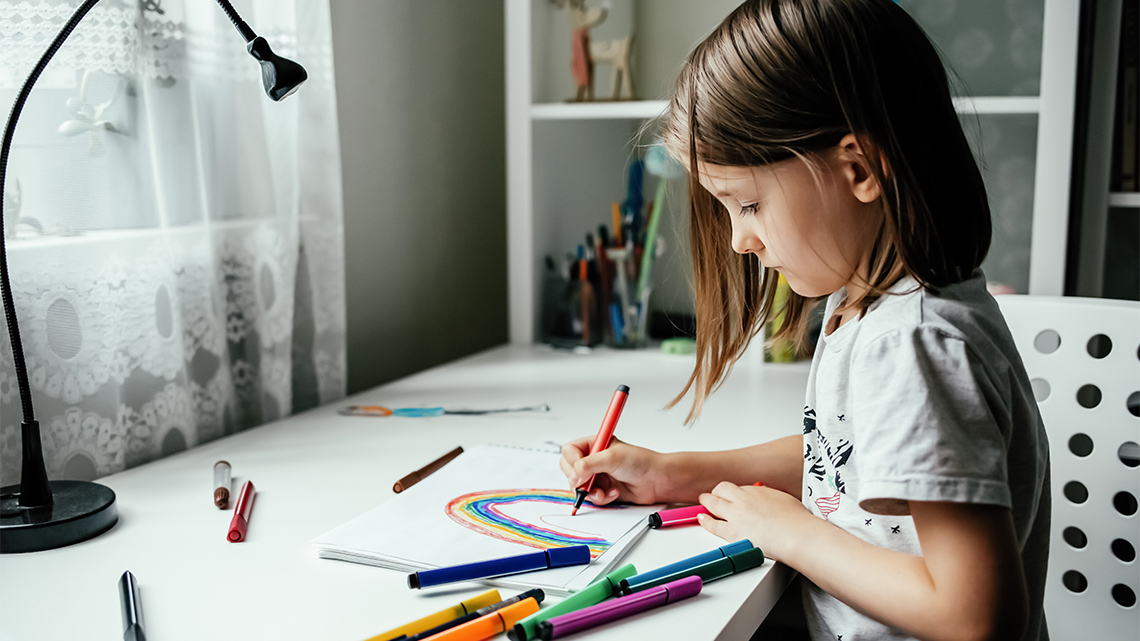Minds On
Amazing Canadian animals
Many animals have senses that are especially useful for the environment that they live in. We can use our senses to investigate how living and non-living things in our environment are connected to each other.
You are going to discover two animals with special sensing powers.
The star-nosed mole
The star-nosed mole has a special nose. This mole lives mostly underground in the dark. To find its food, it feels its way around… with its nose!
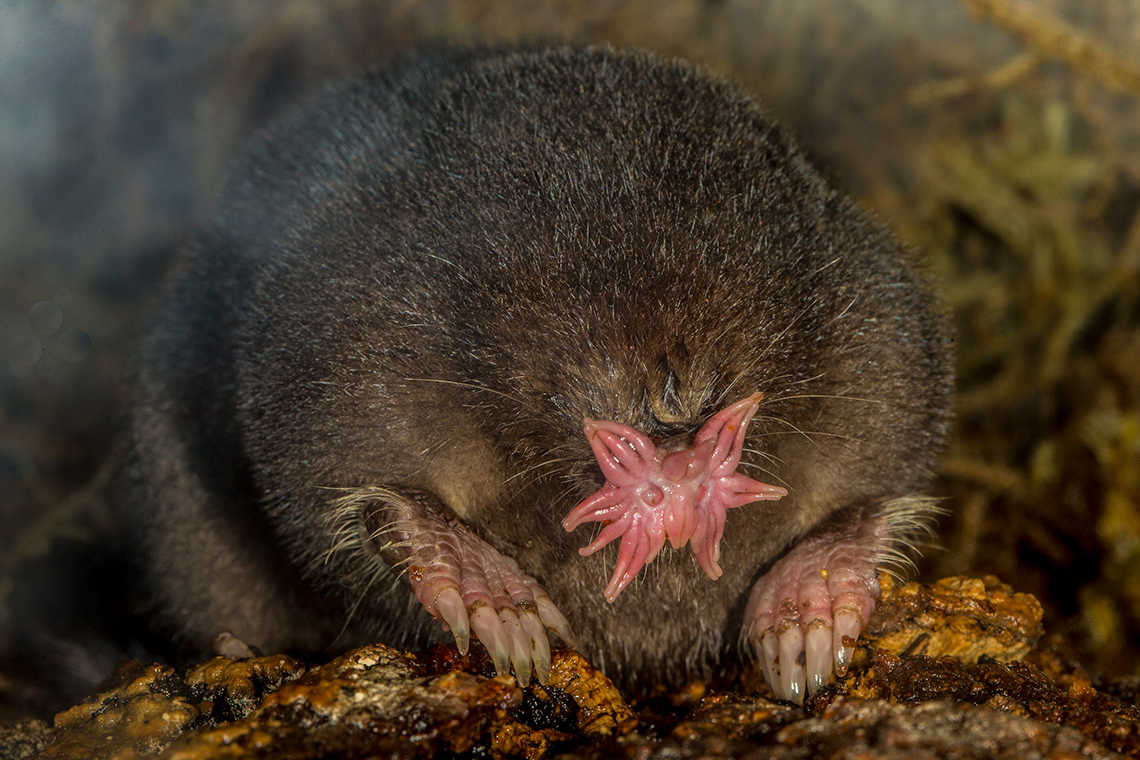
The star-nosed mole
Select the correct answer, then press ‘Check Answer’ to see how you did.
The Karner blue butterfly
Butterflies, like this Karner blue, can taste the sweetness of a flower… with their feet!
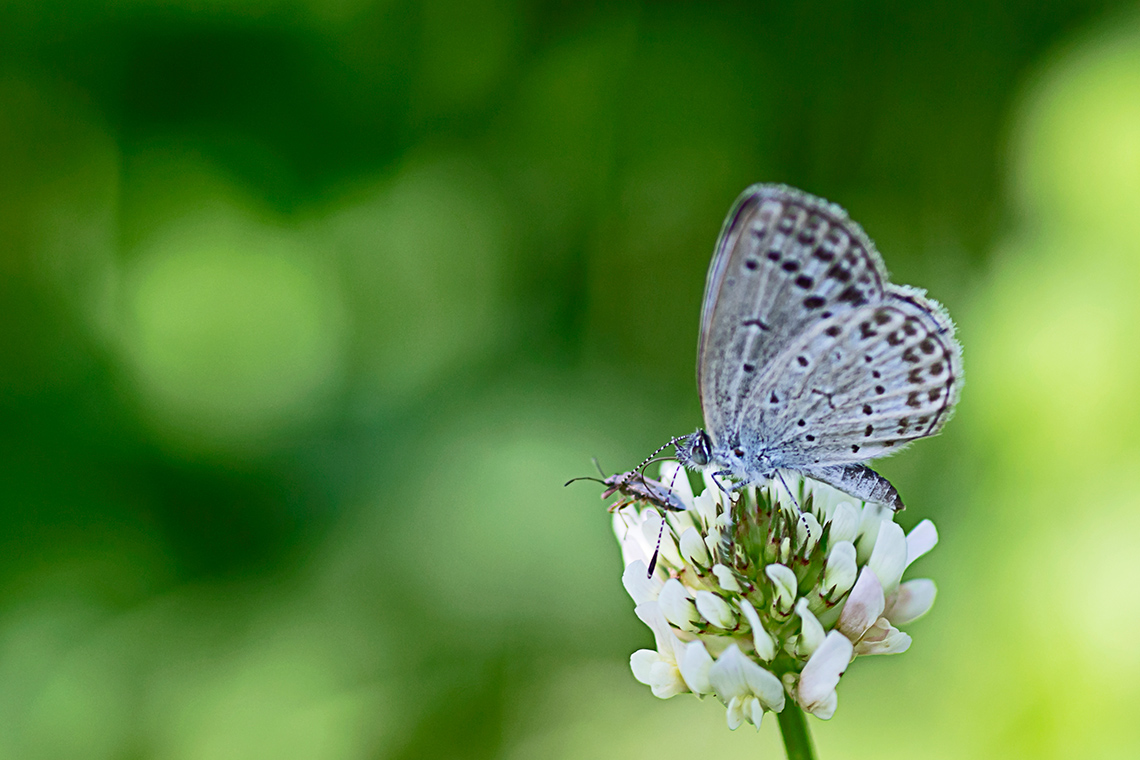
The Karner Blue butterfly
Select the correct answer, then press ‘Check Answer’ to see how you did.
Brainstorm
Pick a superpower!

If you could design an animal with an interesting or unusual superpower, what would it be?
Record your answer on the computer, on paper, or share with a friend, if possible.
Action
Sensory organs
Animals, including humans, have sensory organs which help them to explore the world around them. These sensory organs are:

A list of sensory organs. From top to bottom: Eyes help you see; Ears help you hear; Nose helps you smell; Mouth helps you taste; Skin helps you feel.
Other animals also have sensory organs. They sometimes use different parts of their bodies for touching.
Press ‘Example’ to learn what animals use different parts of their bodies for touching.
Mice, cats, and rabbits all use their whiskers to feel the world around them.

How do animals use their bodies to connect with the world around them?
Everyday explorers
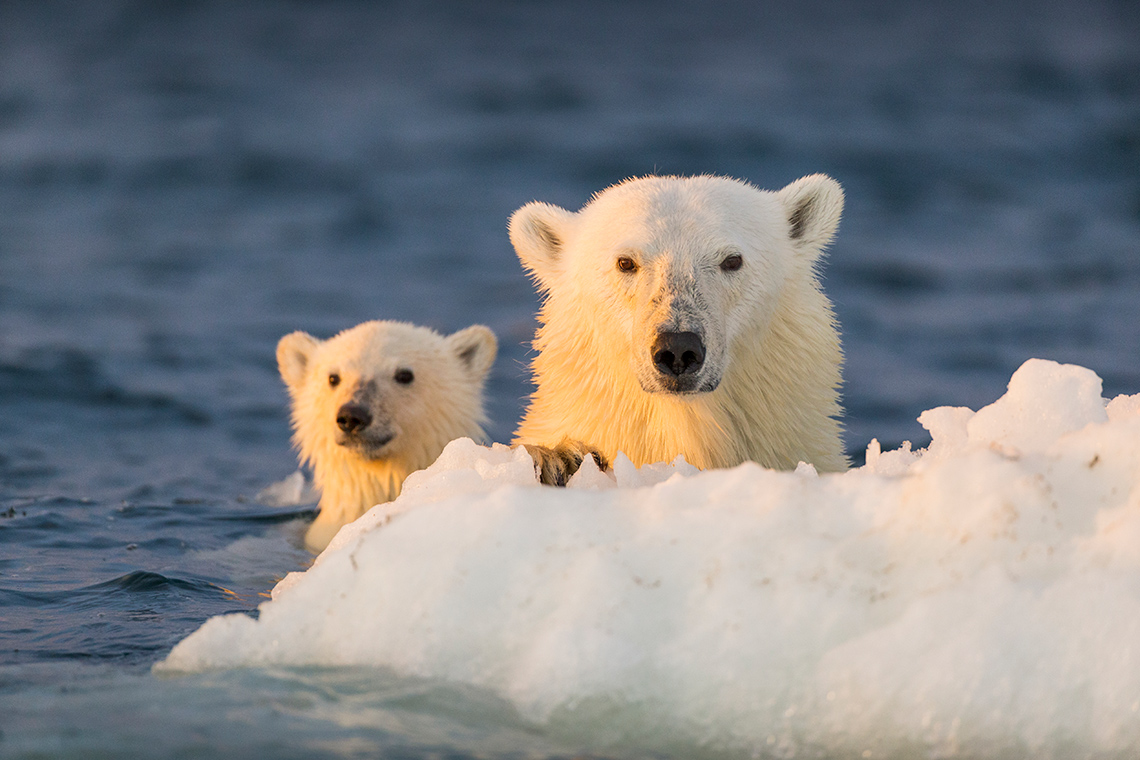
Animals found throughout Canada have some amazing skills. Their senses have adapted to work perfectly in their environment. This means that they have changed over time to connect to the environment around them.
Press the following tabs to learn more about these amazing animals and their senses.
Owls are especially good at hearing. They can hear in all directions around them.
Check out this video of the Eastern Screech owl listening to its surroundings.
How can this special skill help the owl stay safe in its environment?
Record your ideas on the computer, on paper, or share with a partner, if possible.
Eagles are especially good at seeing. They can see things that are very far away.
Check out this video of the Bald eagle using its wings to swoop down to pick a fish out of the water with its feet.
How can this special skill help the eagle find food and stay safe?
Record your ideas.
Foxes are especially good at smelling.
Check out this video of this curious Arctic fox using its nose to investigate.
How can this special skill help the fox eat or stay safe?
Record your ideas.
Spiders are especially good at understanding their surroundings. They touch and feel with the tiny hairs on their legs.
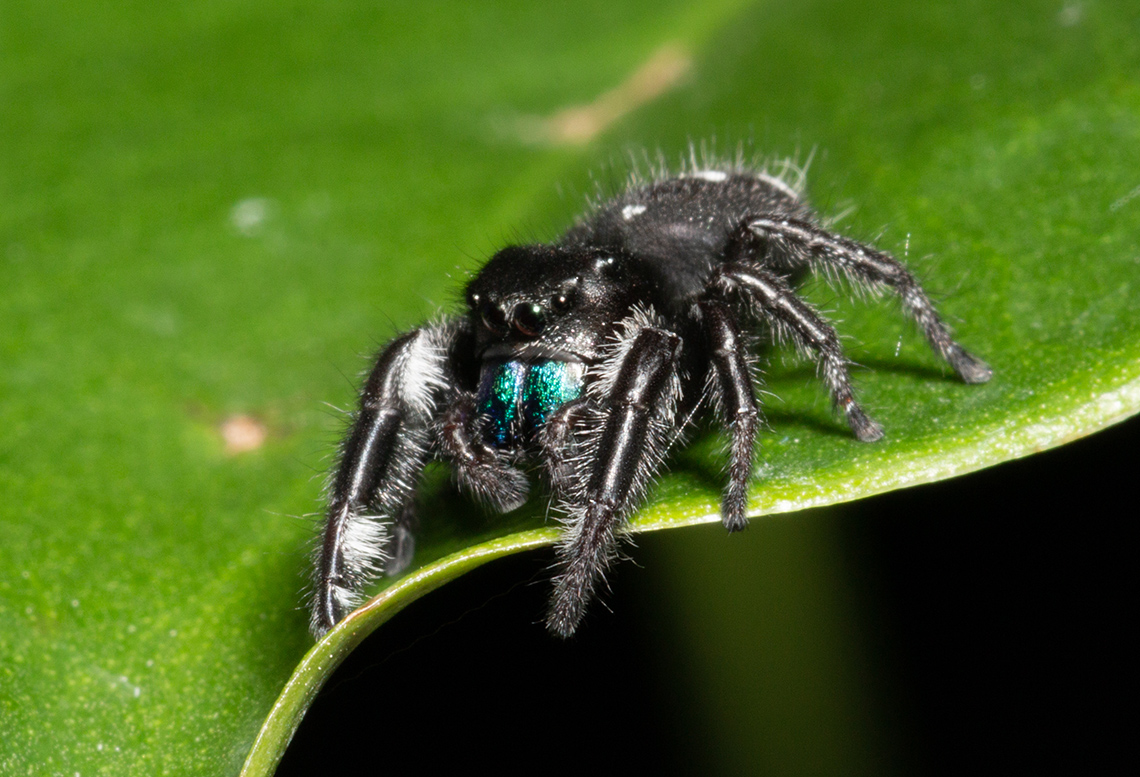
This spider’s legs are covered in tiny hairs.
How can this special skill help the spider travel in its surroundings?
Record your ideas.
Riddles and rhymes
Do you remember what you learned?
Guess the riddles to find out!
Riddle #1
I have eight legs,
And they all have hair,
I use them to touch and feel,
What is there?
I’m a spider!
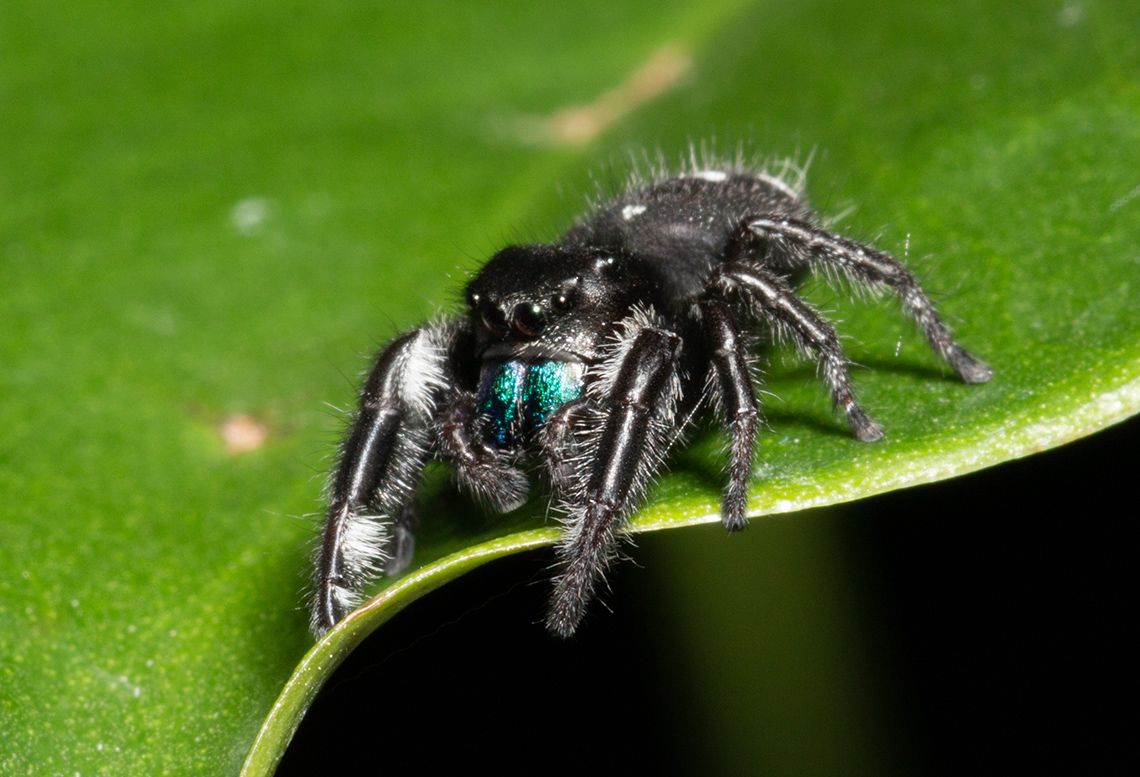
Riddle #2
I say hoot, hoot,
And I have very good ears,
I use them to listen,
Far and near.
I’m an owl!
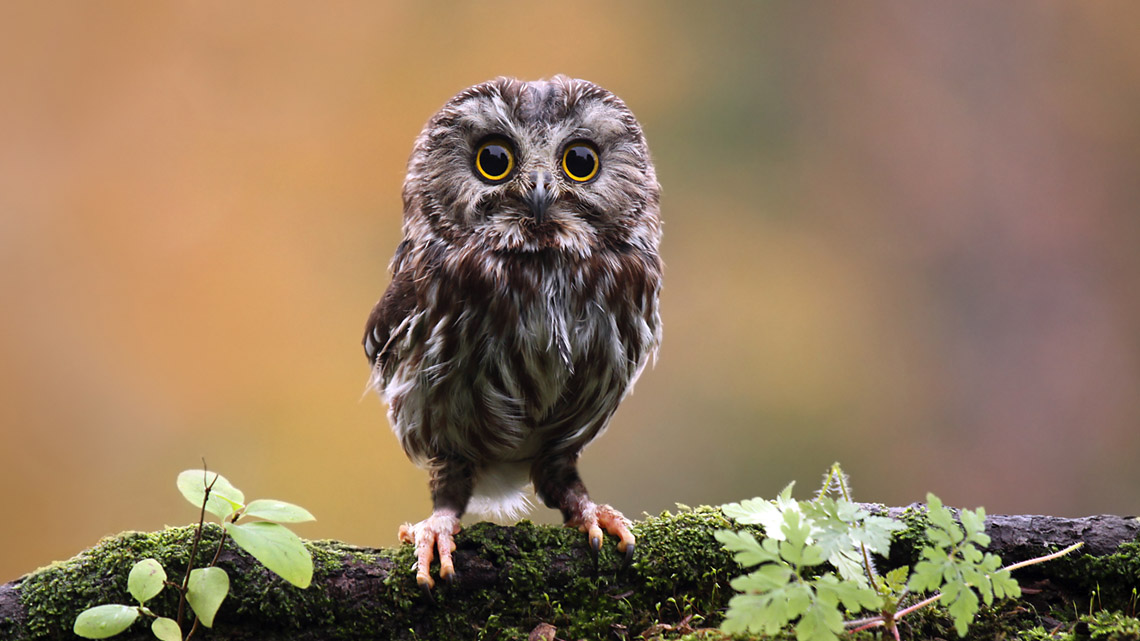
Riddle #3
I don’t need glasses,
When I’m in the sky,
I can see very far,
As I soar very high.
I’m an eagle!
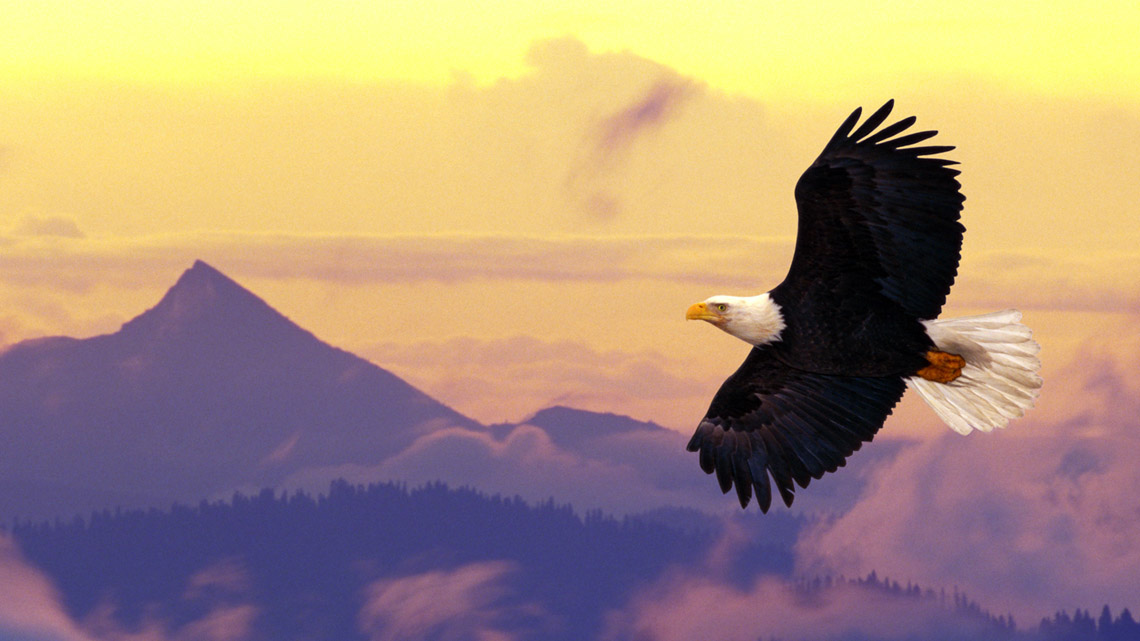
Riddle #4
I’m fast and quick,
Running here and there,
I use my nose to smell,
Things everywhere.
I’m a fox!
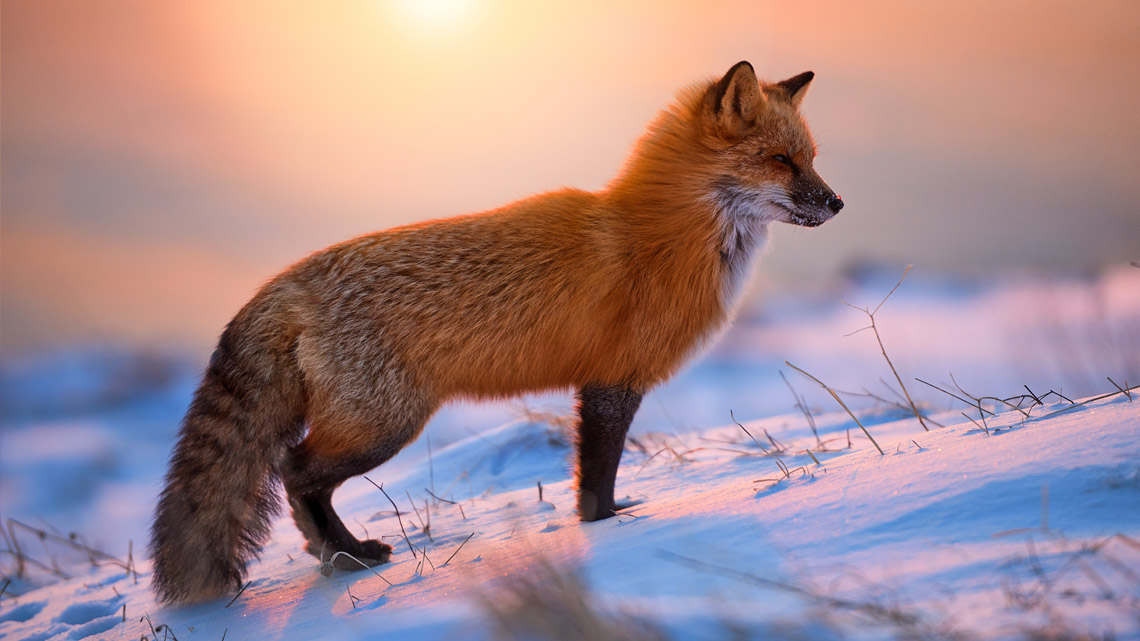
Let’s practise… noticing things!
Let’s first explore a video and an activity to sharpen our noticing skills. Then when you can explore more with an adult, you’ll be ready!
Check out this video of a chickadee eating from a girl’s hands.
Brainstorm
The senses
What do you think the girl in the video might see, hear, smell or feel in their environment?
Press ‘Sample Answer’ for some possibilities.
Here are a few possibilities. You may have thought of others!
- The girl could feel the bird on their hand or the cool breeze on their face.
- The girl could see the bird and the trees around them.
- The girl could hear the bird chirping.
- The girl could smell the trees.
Exploring the outdoors
Whenever you are exploring the outdoors, there are some things to keep in mind.
When I make observations, I think about…
Investigate
Your turn to notice things!

The next time you are outdoors with an adult, use some of your senses. Eagle eyes, fox nose, owl ears, and spider senses of touch are some ways to help you gather observations about living and non-living things.
You can also explore by looking out the window to make your observations.
Noticing and observing things might mean you needed to be very patient. It’s also very helpful to record what you notice. Explore these different ways to record things.
If you record what you notice, it will be easier to share with others!
All things are connected
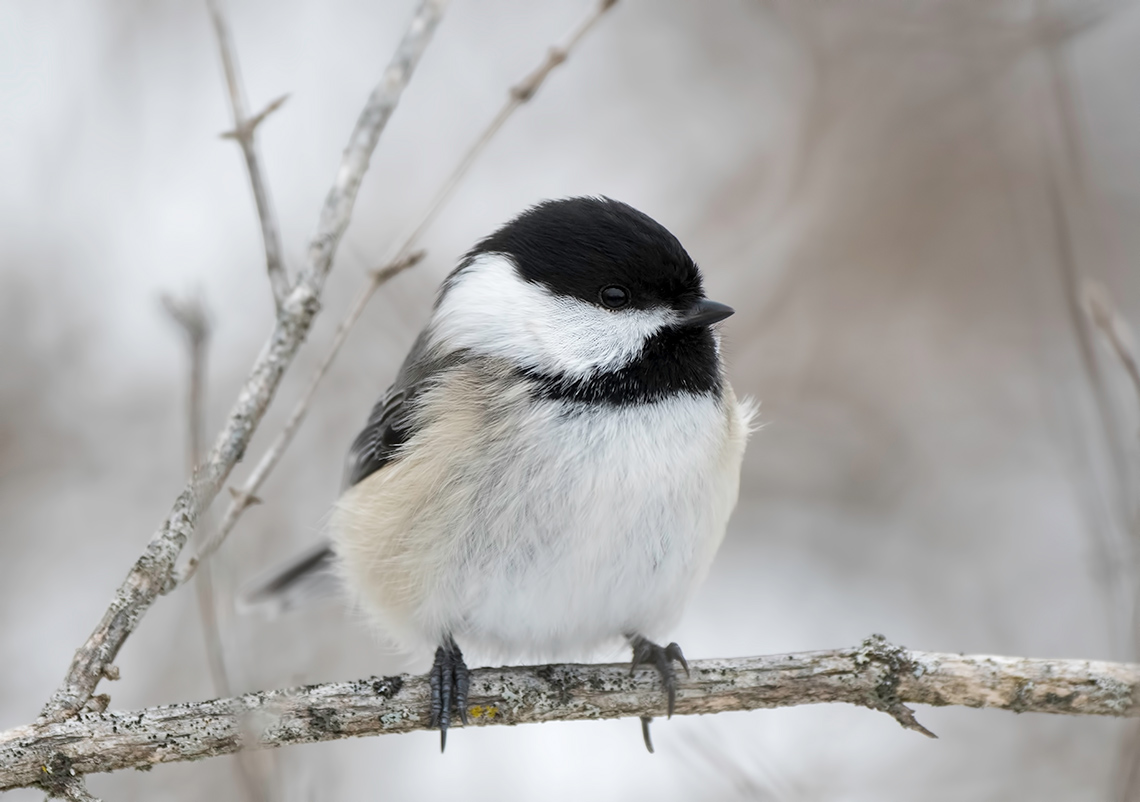
Think of the bird you saw in the video. It depends on many things, both living and non-living in its environment.
To grow in a healthy way, birds and other animals need many things:
- food
- sunlight
- warmth
- water
- shelter
The seeds that birds eat come from trees and plants. Those plants need sunlight and water and healthy soil to grow too so that they can provide more food and shelter for other animals.
Press the following tabs to explore examples of connections.
Explore this video of a young plant getting water.
What living and non-living things are connecting?
Animals need to eat plants, and sometimes other animals, so that they can grow in a healthy way! Explore this video of a rabbit eating a plant.
How are these living things connecting?
Squirrels need trees to live in, but even trees get help from squirrels to spread seeds to grow new trees! Explore this video of a squirrel with a nut.
How are these living things connecting?
Pause and Reflect
Caring for the environment
If you spend time observing nature, you’ll notice that all things – living and non-living – are connected.
Noticing how living things depend on the rest of their environment helps us to understand that we need to think about our actions.
We need to be careful when we are exploring outdoors. If we change part of an environment, that might affect the animals and plants that live there.
Consolidation
Living or non-living?
You have learned that living and non-living things are all connected. But can you tell the difference between the two?
Student Tips
Hint
Living things move and grow.
The natural world – share your learning!

Choose a living thing or non-living thing that you notice in the natural world. How does it connect to its environment?
If it is a living thing, does it use any special skills to stay healthy in its environment?
Share this thing with your friends. You can choose how you do this!
- take a photo of it
- make a drawing of it
- describe how it smells or feels (you can record your description)
Let’s review some things to help you share your learning:
Remember the purpose of our learning:
By noticing things around us, we make sure we stay connected to nature!
Reflection
How do you feel about what you have learned in this activity? Which of the next four sentences best matches how you are feeling about your learning? Press the button that is beside this sentence.
I feel…
Now, record your ideas about your feelings using a voice recorder, speech-to-text, or writing tool.
Press ‘Discover More’ to extend your skills.
Discover MoreHow do solar panels act like sunflowers? Let’s find out!
Did you know that plants can sense the sun? When humans designed solar panels, they copied the behaviour of sunflowers. Like sunflowers, solar panels follow the sun!
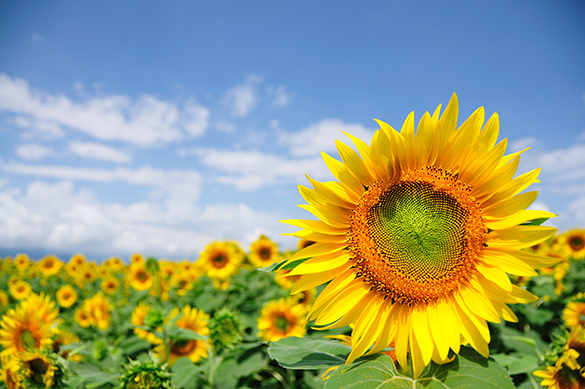
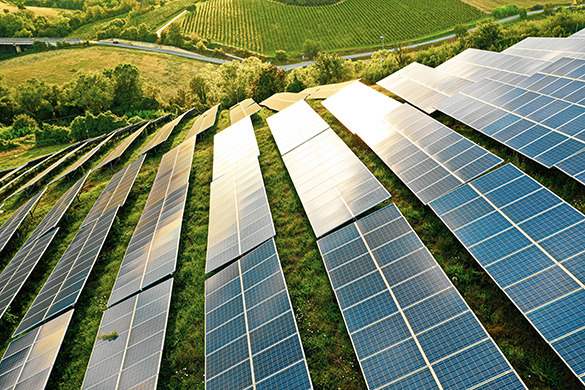
Did you know?
Sunflowers “turn their heads” to face the sun.
But how do they do this with no muscles? They grow a little bit longer on one side of their stem to stretch and bend in one direction to face the east for the morning sun, and then the other side grows to let the sunflower face west in the afternoon.
Let’s explore two videos to discover how solar panels imitate sunflowers.
First, explore how these sunflowers follow the sun’s rays.
Now, explore how the solar panels on Ontario farms follow the sun’s rays as it moves through the sky.
It’s amazing how something that’s not alive can act like a living thing!
Describe in your own words how the solar panels act like sunflowers.
Record your ideas.


